Buy this landscape artwork Costa Rica: landscape with palm trees near Turrialba by Rini Kools on canvas, ArtFrame, poster and wallpaper, printed on demand in high quality.
About "Costa Rica: landscape with palm trees near Turrialba"
by Rini Kools
About the artwork
Costa Rica - a relatively small country - has an impressive, varied landscape. Much of the country consists of mountain ranges. The main element is the mountain range that cuts through the country from northwest to southeast and consists of the volcanic Cordillera de Guanacaste, the Cordillera de Tilarán, the Cordillera Central and, to the south, the Cordillera de Talamanca. Between the latter chains is a central plateau, the Valle or Meseta Central; this is also where most Costa Ricans live and where the capital San Jose is located at an altitude of 1,300 metres.
The mountain ranges are between 1,500 and 4,000 metres high, the most imposing being the Cordillera Talamanca. Towards the east and west, the cordilleras slowly turn into tropical lowlands. The coastal strip in the east, the Caribbean Sea side, is very varied and consists of mangrove forest, swamps, lagoons, rainforest and palm beaches.
Costa Rica has more than 30 nature reserves, many of which have existed for decades. More than one-fifth of its area has been designated as a protected natural area - as a national park or biosphere reserve, as an Indian territory or as a region on UNESCO's World Heritage List. As a result, Costa Rica has been discovered by ecotourism and is a major attraction for biologists.

About Rini Kools
Photographer who specializes in birds, mammals, landscapes, professional bike racing and portraits. I preferably use my Nikon cameras D850 en D750... Read more…
 Netherlands
Netherlands Ordered in March 2023
Ordered in March 2023
 Germany
Germany Ordered in July 2020
Ordered in July 2020
 Netherlands
Netherlands Ordered in October 2017
Ordered in October 2017

 Germany
Germany Ordered in December 2022
Ordered in December 2022
 Germany
Germany Ordered in January 2020
Ordered in January 2020
 Netherlands
Netherlands Ordered in September 2025
Ordered in September 2025
 Germany
Germany Ordered in May 2019
Ordered in May 2019
 Germany
Germany Ordered in November 2021
Ordered in November 2021
 Netherlands
Netherlands Ordered in February 2025
Ordered in February 2025
 Germany
Germany Ordered in October 2019
Ordered in October 2019
 Germany
Germany Ordered in February 2021
Ordered in February 2021
 Germany
Germany Ordered in January 2020
Ordered in January 2020
About the material
ArtFrame™
Interchangeable Art Prints
- High-quality print
- Easily interchangeable
- Acoustic function
- Large sizes available
Discover the artworks of Rini Kools
 Sleeping LionsRini Kools
Sleeping LionsRini Kools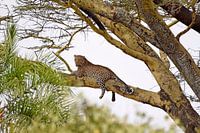 LeopardRini Kools
LeopardRini Kools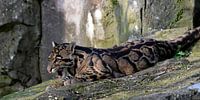 Clouded LeopardRini Kools
Clouded LeopardRini Kools Sunset in Tarangire National Park, TanzaniaRini Kools
Sunset in Tarangire National Park, TanzaniaRini Kools Autumn: the colourful fly agaric (Amanita muscaria)Rini Kools
Autumn: the colourful fly agaric (Amanita muscaria)Rini Kools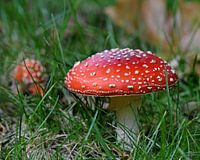 Autumn: the colourful fly agaric (Amanita muscaria)Rini Kools
Autumn: the colourful fly agaric (Amanita muscaria)Rini Kools Zeeland, the beach at Zoutelande, WalcherenRini Kools
Zeeland, the beach at Zoutelande, WalcherenRini Kools Breakwaters along the Zeeland coast in black and whiteRini Kools
Breakwaters along the Zeeland coast in black and whiteRini Kools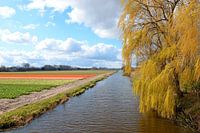 Daffodils, hyacinths and tulips in bloom in the bulb growing region of the NetherlandsRini Kools
Daffodils, hyacinths and tulips in bloom in the bulb growing region of the NetherlandsRini Kools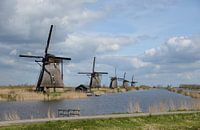 Windmills at Kinderdijk: Unesco World HeritageRini Kools
Windmills at Kinderdijk: Unesco World HeritageRini Kools African Wildlife in black and white: Group of African elephants on the grassy plains of Serengeti NaRini Kools
African Wildlife in black and white: Group of African elephants on the grassy plains of Serengeti NaRini Kools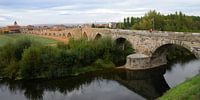 Orbigo Bridge (Puente de Órbigo), an important landmark for pilgrims on the Camino de SantiagoRini Kools
Orbigo Bridge (Puente de Órbigo), an important landmark for pilgrims on the Camino de SantiagoRini Kools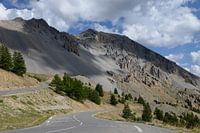 Col d'Izoard (2360 m) in the French AlpsRini Kools
Col d'Izoard (2360 m) in the French AlpsRini Kools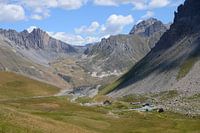 The Col du Galibier (2642 m) is a mountain pass in the French AlpsRini Kools
The Col du Galibier (2642 m) is a mountain pass in the French AlpsRini Kools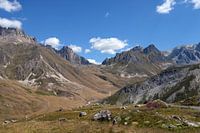 The Col du Galibier (2642 m) is a mountain pass in the French AlpsRini Kools
The Col du Galibier (2642 m) is a mountain pass in the French AlpsRini Kools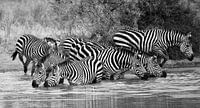 On safari in Africa: Group of zebras drinking at a waterholeRini Kools
On safari in Africa: Group of zebras drinking at a waterholeRini Kools Black-billed toucan, a large toucan species from Central and South AmericaRini Kools
Black-billed toucan, a large toucan species from Central and South AmericaRini Kools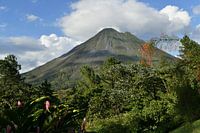 View of the Arenal volcano in Costa RicaRini Kools
View of the Arenal volcano in Costa RicaRini Kools View of the Arenal volcano in Costa RicaRini Kools
View of the Arenal volcano in Costa RicaRini Kools Pair of Blue-and-yellow macaw (Ara ararauna) in close-upRini Kools
Pair of Blue-and-yellow macaw (Ara ararauna) in close-upRini Kools



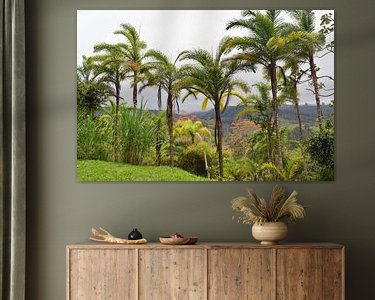




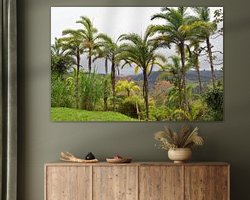

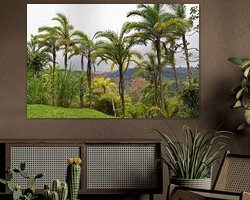


 Costa Rica
Costa Rica Landscapes
Landscapes Mountains
Mountains National parks
National parks Nature and weather
Nature and weather Palm tree
Palm tree Photo wallpaper
Photo wallpaper Photography
Photography Serene Peace
Serene Peace UNESCO World Heritage Locations
UNESCO World Heritage Locations Wildlife photography
Wildlife photography









